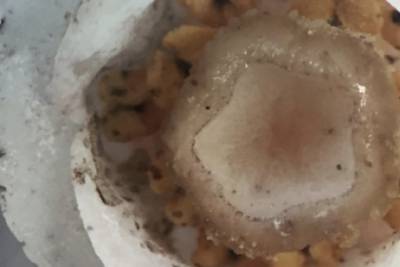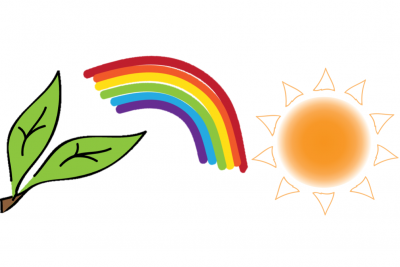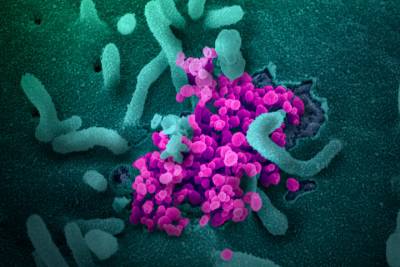Parts Per Millions Debut
Taking a Closer Look at the Relationships of Life on Earth
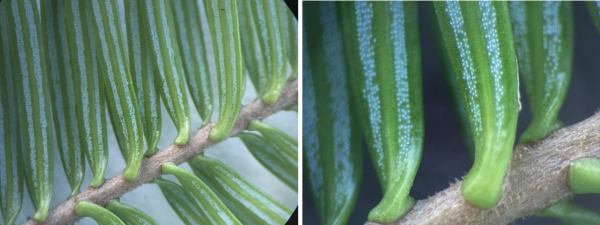
“Symbioses are the ultimate examples of success through collaboration and the powerful benefits of intimate relationships.” – David Relman
When studying science and the world around us, there is a tendency to walk a reductionist path, breaking every system down to individual components in order to understand how it works. This strategy has certainly shed light on many fundamental principles pertaining to life on earth, leading to immeasurably impactful discoveries. However, as new technologies emerge and perspectives widen, we are able to take a more holistic viewpoint in our quest to understand the underlying complexities of life. For example, our own bodies represent complex ecosystems made up of human and microbial materials, coordinating their efforts to sustain this thing we call life. Another set of ecosystems lies in our oceans – layers and layers of life reveal both the strengths and vulnerabilities of living networks and relationships. Every day, we are learning that a “unit of life” is more than a single organism. We can see these relationships everywhere we look. No one and nothing is alone. At RockEDU Science Outreach, we want to celebrate the little things that are important to life’s complex relationships, but might be missed. In our new campaign, Parts Per Millions (#PPM), we take a closer look at what is growing in the world around us. On any given walk through the woods, there is a multitude of scenes playing themselves out on a scale too small to capture through the traditional camera lens. Our first installments of the Parts Per Millions series zooms-in on plants and wildlife using new and accessible technology made possible by iDu Optics – an iPhone Microscope adapter. Curiosity can sprout everywhere we go, sometimes on a scale too small for the naked eye. The iDu Optics LabCam allows any smartphone to become a pocket-sized microscope. This portable technology allows professionals, students, teachers, and curious parties to become a scientist on-the-go. RockEDU Science Outreach Director, Jeanne Garbarino, took the iDu LabCam with her on her family’s annual trip to Maine. Jeanne captured fungi, plants, and unexpected bug-life that grows in the mountainous forest habitat of central Maine. After returning from her trip with a treasure-trove of microscope images taken on her iPhone, the RockEDU team began identifying the miniature creatures preserved in digital form.
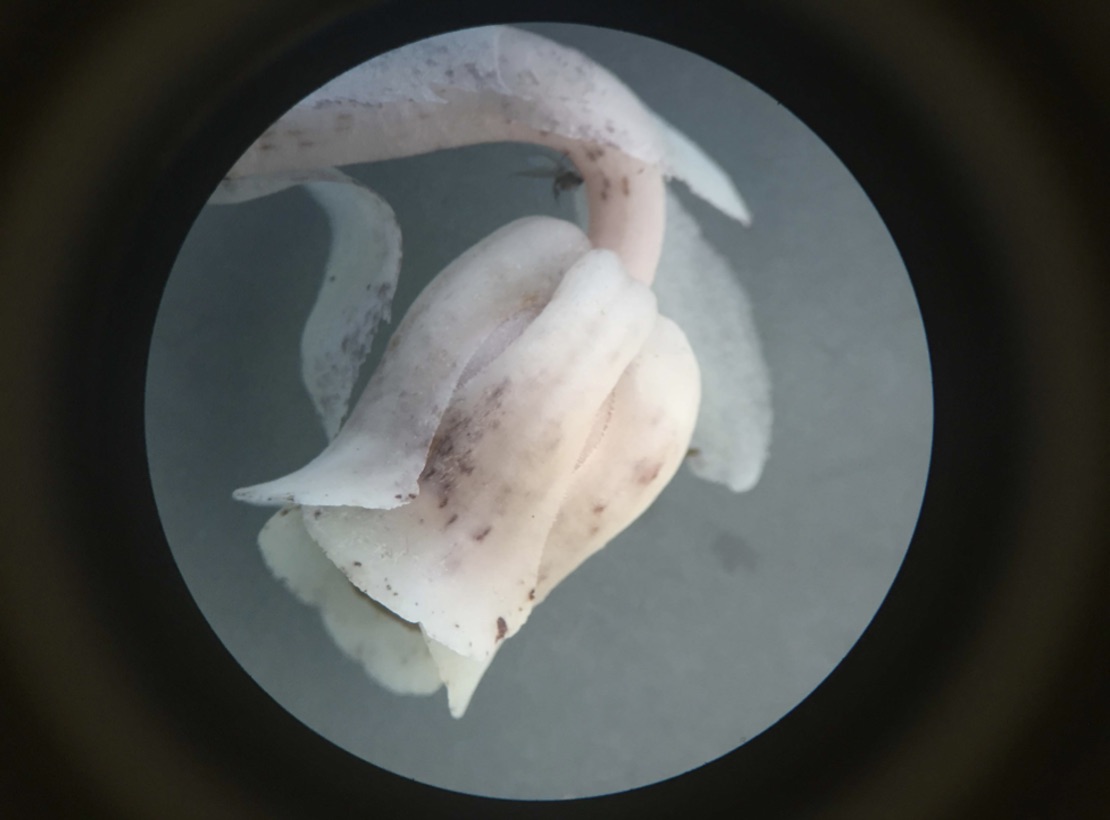
Featured flora and fauna include the Monotropa uniflora or ghost plant, a parasitic plant which receives energy in partnership with fungi, rather than through the usual system of photosynthesizing with sunlight. Monotropa uniflora is a peculiar white plant that can live in total darkness, as long as it is in touch with the proper mycelia to provide the nutrients it requires to survive. When peering through the iDu CamLab lens a parasitic bug was uncovered living on the parasitic plant, epitomizing the symbiotic relationship of all living things. This multilayered relationship exemplifies the nesting-doll model of interconnectedness present at every scale of life. When exploring the collected images the importance of all of the parts that make up the whole was crystallized. Documenting pieces of nature foraged in clusters, rather than separately underlines why it can be misleading to study wild-life in isolation. Another often overlooked character that will be highlighted in the Parts Per Million series is the hairy creature commonly known as Old Man’s Beard, or Usnea (OOS-nay-a). This lichen grows in higher latitudes and can be used to measure air quality. Only in the unpolluted air will these “beards” grow long and luscious – with branches programmed to grow up to 20 cm long. This series will also feature close-ups on the pine leaves of firs and hemlock trees, demonstrating the differences in structure, coloration, and phenological attributes made clear through amplified imaging.
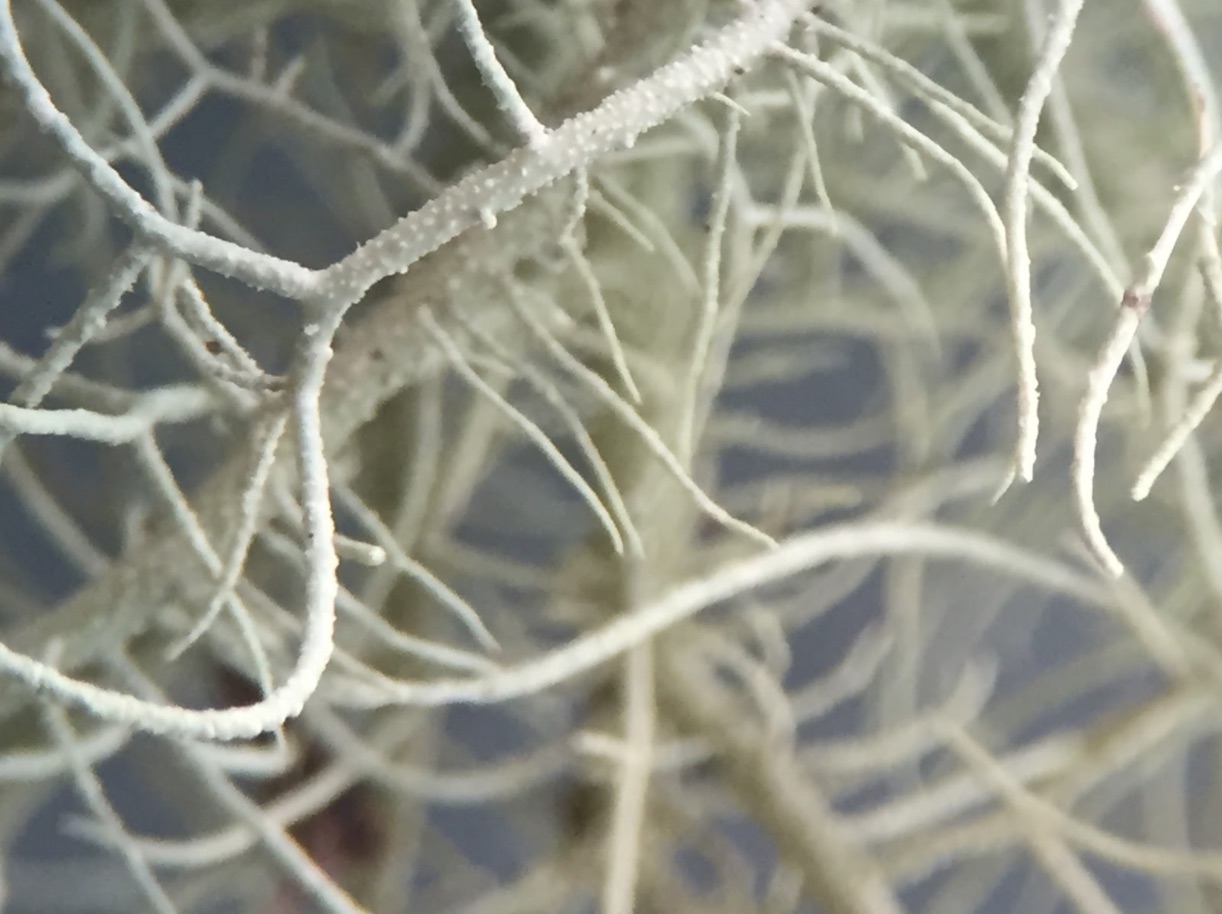
Followers will also have the opportunity to catch a glimpse of edible mollusks, beautiful pests, and ferns that can found only in high-altitudes. Seeing is believing, and RockEDU’s new micro-photo series encourages a vast audience, with or without a deep science background, to explore nature and to be inquisitive about our natural habitats. Every week RockEDU Science Outreach will feature another story on instagram and twitter, in hopes the posts will inspire others to pick up their phone and document what is growing amongst us all, one part at a time.

